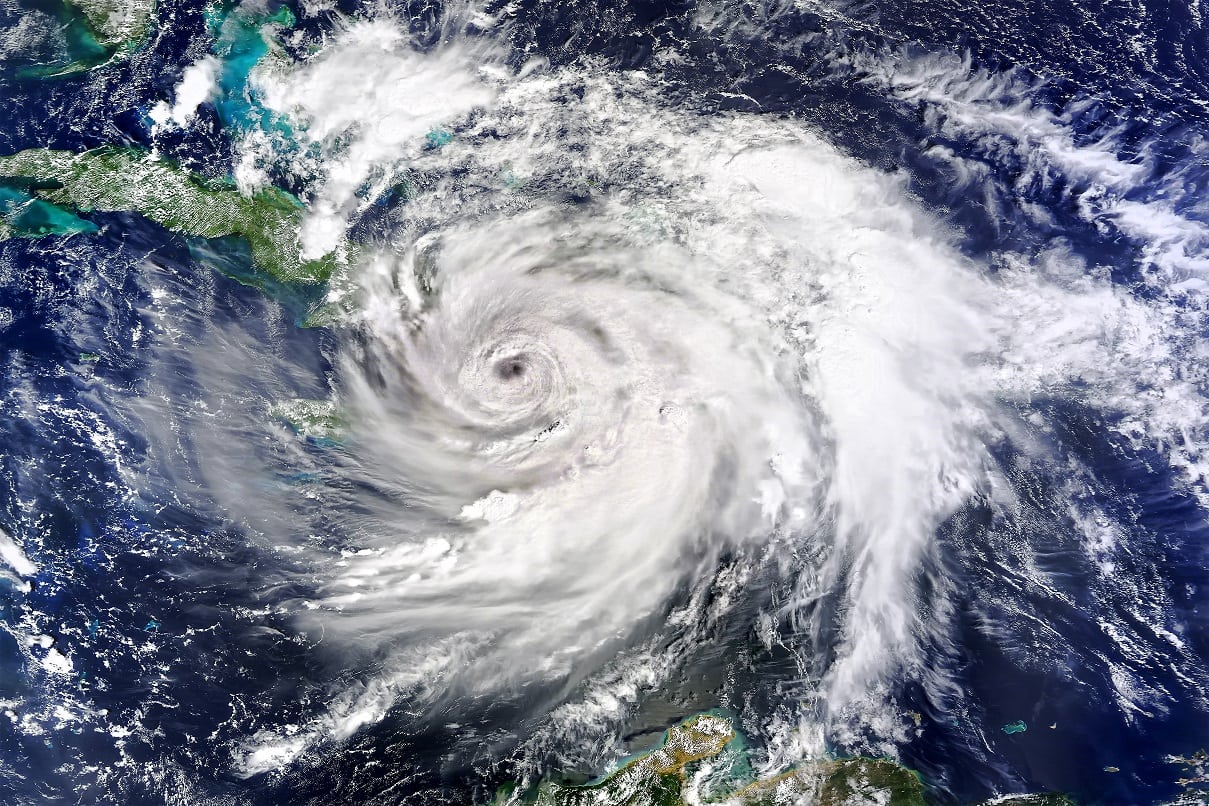
As winter transitions into spring, temperatures warm up, and dormant nature blossoms to life. Unfortunately, spring weather can also bring severe storms accompanied by damaging winds, lightning, hail, and tornadoes. Preparing for severe weather is essential as it can cause severe damage and disruption. According to the Centers for Disease Control and Prevention, severe thunderstorms cause the most powerful spring storms, and they can bring lightning, tornadoes, and flooding.
Flooding can be a concern during spring storms, especially if the ground is frozen. It often occurs quickly and without warning with melted snow and heavy rainfall. In low-lying areas, homes and businesses can be inundated with water quickly. Even if you live in a region that does not often experience stormy weather and flooding, there’s always a possibility that they can occur. Keep on reading to see what you can do before, during, and after a spring storm:
What to Do Before a Spring Storm
1. Make an emergency plan with your whole family.
Include a map of your home and escape routes from each room if you have to evacuate unexpectedly. Practice evacuating your home via the escape routes. Plan how all family members will get in touch with each other and establish a meeting place outside the home.
2. Create an emergency kit that should include at least these items:
- A first aid kit including antibiotic ointment, adhesive bandages, non-latex gloves, scissors, tweezers, cloth tape, etc.
- A battery-powered flashlight and radio, as well as extra batteries.
- Non-perishable food items like canned goods and granola bars.
- Water for drinking and sanitation to last at least three days.
- Blankets and warm clothing in case you experience a power outage and need to stay warm.
- Prescription medication, a supply of any non- prescription drugs you regularly use, and eyeglasses.
- Don’t forget to include your pets in your emergency preparedness plan. Prepare a disaster kit for your pets (including water, food, first-aid kit, documents, etc.), and ensure they wear a collar with an ID tag.
3. A fire extinguisher can protect you in the event of a spring storm.
4. Get flood insurance ahead of time.
Some policies do not go into effect for 30 days. Remember that standard homeowners and renters’ insurance does not cover flood damage. Make an inventory of house items, including important documents, to help you file the insurance claim.
5. Clear gutters and downspouts of debris to help manage heavy rain and storm water runoff.
Trim loose tree branches to make them more wind-resistant and reduce the possibility of branches falling on your property during a storm.
6. Strong winds can also cause roof damage, so make sure your roof is in good condition before the storm.
What to Do During a Severe Spring Storm
7. When a storm is approaching, remain calm and get inside immediately.
Close the doors and shut the windows. Stay away from windows, as debris blowing in the wind might shatter the glass.
8. If you are in a vehicle, immediately pull over and seek shelter at the nearest secure building.
If there is no shelter, stay in your car and keep the windows closed.
9. Do not attempt to walk through a flooded area, as even a few inches of fast-moving water can sweep you away.
Avoid standing water, and never touch any power lines or electrical wires.
10. Do not stand in contaminated flood water without protective equipment.
11. Listen to local news on a battery-operated radio to stay informed about the severe weather in your area.
If you are instructed by authorities to evacuate, do so immediately. Take your emergency preparedness kit and leave a note with your name, contact information, and details about when you went.
12. Do not use wired electrical equipment or landline telephones.
Avoid using the utilities in your home (taking a bath, showering, or using the plumbing).
What to Do After a Severe Spring Storm
13. Check the surrounding area for visible signs of damage.
Do not venture out until you have received an “all clear” signal from authorities.
14. Do not enter a damaged or flooded building without consulting a professional first.
Be aware of any hazardous materials or debris that may pose a health risk.
15. If you suspect damage to the electric, gas, water, or sewer lines, call local authorities and wait for their approval to turn them back on.
16. Remove wet materials to decrease the chance of mold.
17. In case your home is flooded, avoid direct contact with floodwater as it is likely seriously contaminated.
Remove wet carpeting, furniture, and other items in your home to prevent mold growth. Mold can grow within the first 24-72 hours after a flood.
18. Wear protective clothing and exercise extreme caution when entering and exiting a damaged building.
Take photos of any structural damage, as they may be helpful later if you file an insurance claim.
19. Make an inventory of the damaged or lost items and take photos of the damaged areas.
Immediately file the flood insurance claim that includes the damaged items list, photos, policy number, insurance company name, and contact information.
20. Contact Us for Your Property Damage Restoration!
No matter the season, our experts are here to help you restore your property after a severe weather disaster. We specialize in emergency services for water damage, fire and smoke damage, mold removal and remediation, biohazard cleanup, and more. Our certified technicians use advanced equipment and techniques to restore your home or business quickly and efficiently. Our dedicated team is here to help you get back on track as soon as possible, so call us 24/7 at 843-972-4200!




